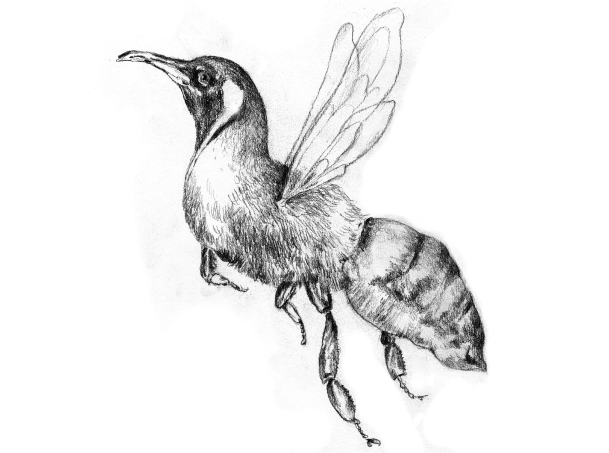Art and creative practice can provide a medium and platform to express otherwise inexpressive intentions, values, and emotions. Creative practices can give space
and a platform for subordinated experiences and emotions to be shared in solidarity.
Furthermore, art and creative practice can help provide strong symbols of such otherwise subtle and hard to express values, emotions and concerns that persist over time. Groups can explore values, emotions and ways of understanding the world in a respectful and sensitive manner. As a result, creative practice can become the object of a group commitment (Chandler et al., 2014; Nguyen, 2019).
Many social movements use art and creative practice as a key element of their engagement strategies (Jasper, 2011; Rodriguez-Labajos, 2022; Stammen & Meissner, 2022). Using arts can encourage people to get engaged due to the emotions they evoke (Jasper, 2011) e.g., being morally shocked (Wettergren, 2007) or awakening curiosity and wonder (Glăveanu, 2017).
Understood through the lens of rituals, shared creative practice experiences can create shared emotional energy, new symbols of social relationship, group solidarity, and new standards of morality. Organizing in groups can provide a safe space where otherwise suppressed emotions have room to be expressed. Through this, creative practices create shared emotional energy and the fuel for a shared critical consciousness that forms the desire for change and a basis for action. Artistic and creative practices have a unique capacity to function as high quality rituals that lead to such outcomes. These outcomes form, in turn, the basis for further organization among participants involved; as well as the basis for further high-quality rituals (Summers-Effler, 2002).
Collaborative and community-based creative practices with participatory components have been shown to support dialogue and social learning (Chandler et al., 2014; Golańska & Kronenberg, 2020). From a relational perspective, creative practices can change ways in which people relate to each other and their environment (Bradbury & Divecha, 2020). Thus, creative practices have the potential to build collaboration in communities (Chandler et al., 2014; Golańska & Kronenberg, 2020).
In sum, Arts is believed to create an environment of openness to reflection and difficult topics, making receivers more receptive than in their everyday lives (Curtis et al., 2012). Creative practice can generate reflection, dialogue, the exploration of alternatives and the clarification of values (Summers-Effler, 2002; Nguyen, 2019). These can form the basis for transformative organization.




